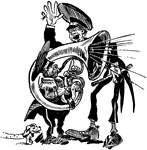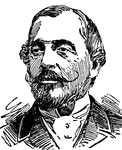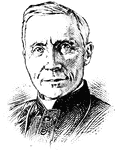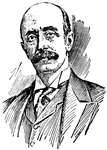Clipart tagged: ‘leader’
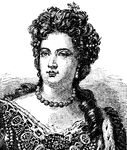
Queen Anne of Great Britain
Anne (6 February 1665 – 1 August 1714) became Queen of England, Scotland and Ireland on 8 March…
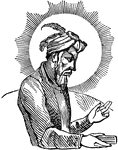
Aurungzebe
"The most powerful of the Great Monguls, the last who ruled with energy and effect." — Chambers'…

Antonio Leocadio Guzmán Blanco
Antonio Leocadio Guzmán Blanco (28 February 1829 – 28 July 1899) was President of Venezuela for three…
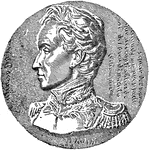
Simón Bolívar
A Venezuelan military and political leader. He helped lead Bolivia, Colombia, Ecuador, Panama, Peru,…
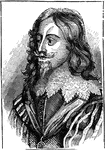
Charles I of England
Charles I, (19 November 1600 – 30 January 1649) was King of England, Scotland and Ireland from…

Charles II of England
Charles II (Charles Stuart; 29 May 1630 – 6 February 1685) was the King of England, Scotland,…
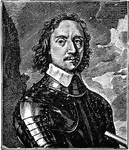
Oliver Cromwell
Oliver Cromwell (25 April 1599 Old Style– 3 September 1658 Old Style) was an English military…
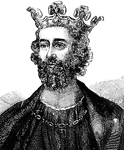
Edward II
Edward II, (April 25, 1284 – September 21, 1327?) of Caernarfon, was King of England from 1307…
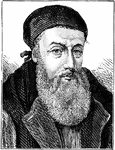
Archbishop Edmund Grindal
Edmund Grindal (c. 1519 – 6 July 1583) was an English church leader who successively held the…
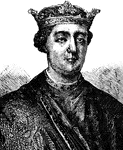
Henry II
Henry II of England (5 March 1133 – 6 July 1189) ruled as King of England (1154–1189). Henry…

Henry III
Henry III (1 October 1207 – 16 November 1272) was the son and successor of John "Lackland" as…
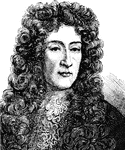
James II of England
James II of England and Ireland, James VII of Scotland (14 October 1633 – 16 September 1701) was…
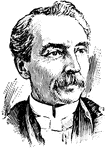
Sir Louis A. Jette
(1836-1903) Elected to the Canadian House of Commons and in 1903 he was appointed one of the Alaskan…

King John
John (24 December 1167 – 19 October 1216) reigned as King of England from 6 April 1199, until…
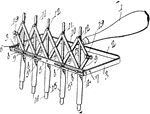
Blackboard Marker
This blackboard marker is a tool used to guide blackboard user while drawing horizontal, vertical and…
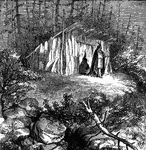
Massasoit's Lodge
Massasoit Sachem or Ousamequin was the sachem, or leader, of the Pokanoket, and "Massasoit" of the Wampanoag…

Richard I
Richard I (8 September 1157 – 6 April 1199) was King of England from 6 July 1189 until his death.…

Archbishop William Sancroft
William Sancroft (30 January 1617 – 24 November 1693), was the 79th archbishop of Canterbury. He became…
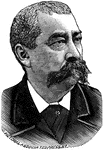
Philip H. Sheridan
A portrait of Philip H. Sheridan. With his career in the U.S Army, Sheridan rapidly rose to become general…

William Smallwood
(1732-1792) Served with the British army during the French and Indian War. He led troops in the American…
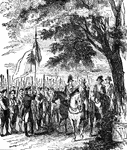
Washington Taking Command of the Army
Although he did not explicitly seek the office of commander and even claimed that he was not equal to…
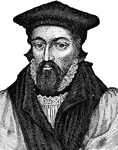
Archbishop John Whitgift
John Whitgift (c. 1530 – February 29, 1604) was Archbishop of Canterbury from 1583 to his death. Noted…
